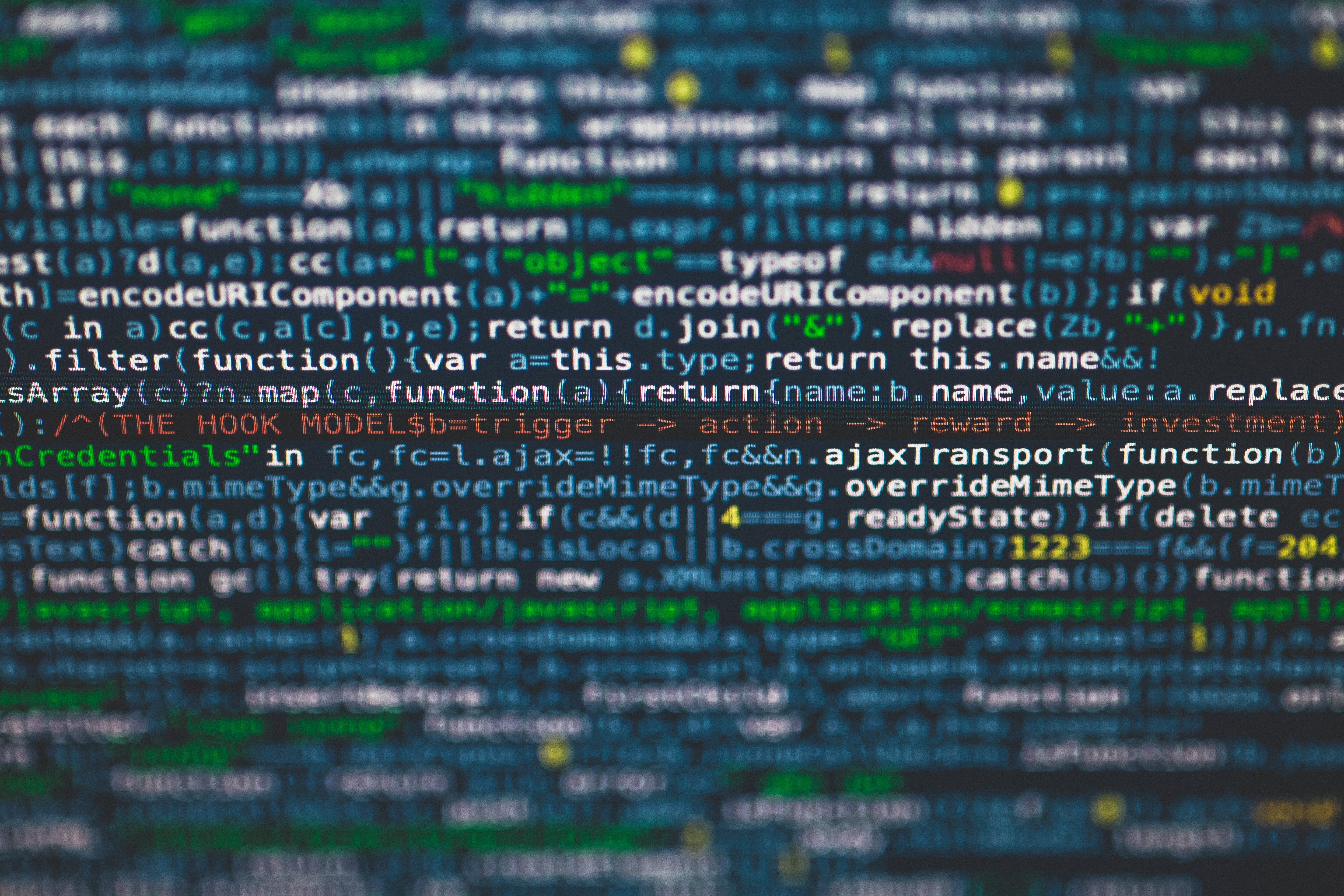The Evolving Landscape Of Artificial Intelligence: Beyond Mainstream Applications

Author: Gerardine Lucero 14 November 2023
In an era where artificial intelligence (AI) is commonly
associated with digital assistants, automated customer service, and predictive
analytics, the technology is rapidly transcending these familiar domains. This
report delves into the less trodden paths of AI application, specifically in
healthcare, environmental sustainability, and the creative industries,
uncovering transformative trends that are reshaping the future.
Healthcare: A New Frontier for AI
AI in healthcare is experiencing a paradigm shift, moving
from nascent stages to more mature, impactful applications. With the COVID-19
pandemic serving as a catalyst, AI has transitioned from a futuristic concept
to a practical tool in combating healthcare challenges.
1.
Diagnostic and Management Enhancements: AI is
making significant strides in improving the diagnosis and management of
diseases, such as kidney ailments. By analyzing vast datasets, AI algorithms
can detect patterns and anomalies that might escape human scrutiny.
2.
Efficient Data Processing: The ability of AI to
process both structured and unstructured data efficiently is revolutionizing
patient care. Tools like Amazon HealthLake demonstrate AI’s capacity to
structure and analyze the massive, often underutilized troves of healthcare
data.
3.
Advancements in Research: Notably, AI's role in
expediting the review of clinical records is groundbreaking. In cancer
research, for instance, NLP technologies have been used to sift through
thousands of medical charts, enhancing the speed and accuracy of patient
matching for clinical trials.
Environmental Protection: AI as a Sustainability Ally
In the battle against climate change and environmental
degradation, AI has emerged as a vital ally. Its capacity to process extensive
environmental data and predict patterns is proving invaluable.
1.
Climate Change Modeling: AI’s advanced
predictive capabilities are aiding in modeling climate change scenarios. This
is instrumental in formulating effective adaptation and mitigation strategies
for vulnerable communities globally.
2.
Disaster Preparedness and Response: AI is
increasingly used to prepare for and respond to climate disasters. For example,
AI-driven mapping for landslide-prone areas is helping local authorities
implement sustainable development measures and ensure resident safety.
3.
Urban Sustainability: Cities are leveraging AI
for pollution tracking and urban planning. AI-driven susceptibility maps and
management tools are improving urban resilience and public health, while also
enhancing traffic and waste management systems.
Creative Industries: The AI Revolution
Generative AI is ushering in a new era in the creative
industries, automating tasks and altering the landscape of creativity and
design.
1.
Workforce Transformation: The integration of AI
in the arts and design sectors is expected to automate approximately 26% of
work tasks. This automation is prompting a shift in workforce dynamics,
necessitating reskilling and adaptation.
2.
Disruptive Potential: The McKinsey Global Survey
reveals that gen AI tools are being adopted rapidly across various business
functions, with significant impact anticipated in knowledge-intensive
industries. This includes not only traditional tech sectors but also banking,
pharmaceuticals, and education.
3.
Industry-Specific Impacts: While tech companies
are poised to see the highest impact from gen AI, the creative ripple effects
are widespread. The technology is expected to disrupt industries differently,
with knowledge-based sectors likely experiencing more profound changes compared
to manufacturing-based industries.
Conclusion
The expansion of AI into healthcare, environmental
protection, and creative industries represents a significant evolution of the
technology. In healthcare, AI is improving diagnostics and patient care
management. In environmental sustainability, it is enhancing climate change
modeling and urban planning. And in creative industries, generative AI is
transforming the nature of work and creativity. These developments suggest a
future where AI's impact is more deeply integrated and widespread, transcending
its current mainstream applications. As these sectors continue to evolve, the
potential for AI to drive innovation and efficiency will likely grow, marking a
new era of technological advancement and societal benefit.
From Chip War To Cloud War: The Next Frontier In Global Tech Competition
The global chip war, characterized by intense competition among nations and corporations for supremacy in semiconductor ... Read more
The High Stakes Of Tech Regulation: Security Risks And Market Dynamics
The influence of tech giants in the global economy continues to grow, raising crucial questions about how to balance sec... Read more
The Tyranny Of Instagram Interiors: Why It's Time To Break Free From Algorithm-Driven Aesthetics
Instagram has become a dominant force in shaping interior design trends, offering a seemingly endless stream of inspirat... Read more
The Data Crunch In AI: Strategies For Sustainability
Exploring solutions to the imminent exhaustion of internet data for AI training.As the artificial intelligence (AI) indu... Read more
Google Abandons Four-Year Effort To Remove Cookies From Chrome Browser
After four years of dedicated effort, Google has decided to abandon its plan to remove third-party cookies from its Chro... Read more
LinkedIn Embraces AI And Gamification To Drive User Engagement And Revenue
In an effort to tackle slowing revenue growth and enhance user engagement, LinkedIn is turning to artificial intelligenc... Read more

